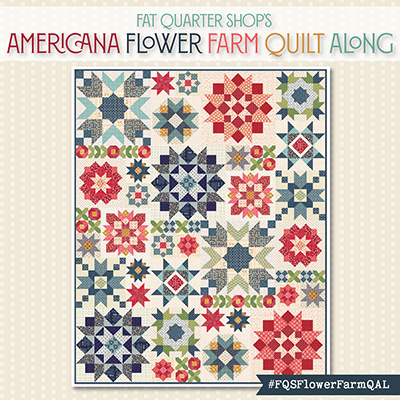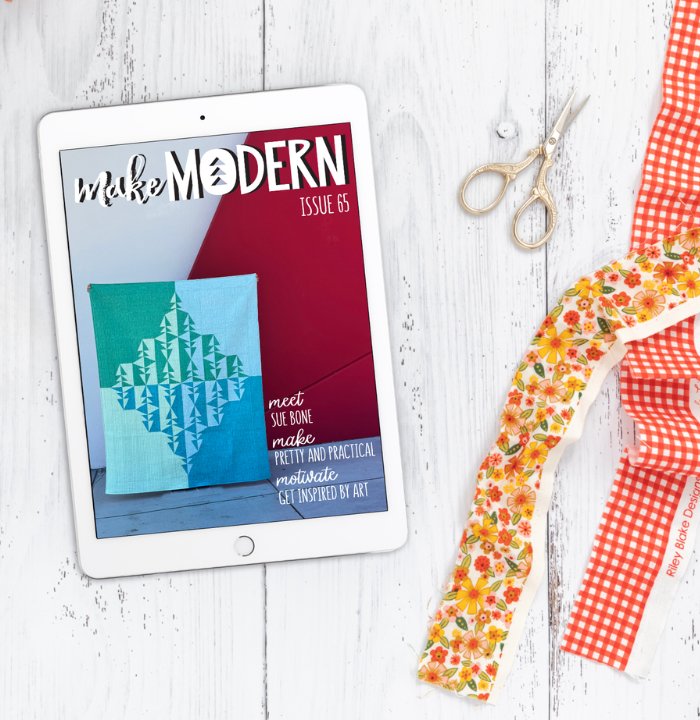Picking out fabrics for a quilt is my absolute favorite part of quilting. I would love to work at a quilt shop!! Helping other people pick out fabric on a daily basis would be so much fun. I love all the different values of color. My favorite days are rainy days; and you might be asking, why are we talking about weather? The reason why I love rainy days is because the colors outside are more saturated. Everything is vibrant and beautiful! Unlike sunny days where colors are washed out or even blown out. Let’s take a moment to ponder color theory.

I was inspired by the topic and designed this fragmented color wheel into an English paper pieced star. I used ombre fabrics so I could show you the gradient of each color.
Color Theory
Throughout the years in art classes we have learned about primary, secondary and complementary colors. Do you remember these terms? I can still see the color wheel in my mind. It is something that you can easily make yourself. All you need to do is divide a circle into six spaces. Then plot out the primary colors (which are the colors that all other colors are made from), leaving a space in between each primary color: red, blue, and yellow.
Next, add the secondary colors (the color you get from mixing two primary colors) in between the primary colors. If you mix red and blue you get purple. When you mix yellow and blue, you get green. If you mix red and yellow you get . . . yep, that’s right, orange is the secondary color of red and yellow. A secondary color will always match the primary color when it is part of its color. Lastly, we have complementary colors. Complementary colors will always be pleasing to the eye. They are the colors on opposite sides of the color wheel. Two of my favorite complementary colors are blue and orange.
Color is something that just gets me going. I love color! No matter what value is used, the relationship between colors (explained above) is still constant. If you are using pastel colors, which would have more white mixed in with your primary colors (see the center of the color wheel), it would be the same. If you have deeper and darker colors, they would have black added (see the tips of the color wheel). No matter how the color is altered, you still have an overarching concept that is constant.

There can be different values within a color other than just white and gray. When I made a gray quilt, I realized how many values of gray there were. I bought warm grays that had more reds or yellows mixed in. I also bought cool grays that had more blue mixed in. If you mix the same color with all the values evenly, they can match; however, if you had all cool grays and only one warm gray, it will stick out like a sore thumb.


I haven’t even talked about contrast yet, but that is a huge part of color theory. I personally like having contrast in my quilts. Contrast is a visual difference between two colors. For the Mod City Center quilt, I used a light blue and a dark blue which created a beautiful contrast. They are both blue, but the light blue has more white mixed in and the dark blue has more black mixed in, creating a big difference between the two blues. So much so, if you converted the photo of the quilt photo to grayscale you would still see a difference in the colors. That shows a good contrast. So basically, if you have two different colors and convert them to grayscale and they look like the same gray, there is not enough contrast between the colors. They will blend together.

If you decide to build a color palette with solids, color theory is a great tool to help you with this. With all this said, you do you! This is a quilt you are working on and you have to love it. There is no wrong answer because art is subjective.
Have you picked out your fabrics yet? Let me know if you have by posting photos of it on Instagram. This week the two hashtags are #modcitycenterquiltalong and #MCCQAfabricpull




The Comments
Diane Beavers
Elisabeth
Now I know what you mean (and see) on rainy days. It’s happening here right now and wow ….colors are amazingly different but oh so beautiful.
Thank you for the coaching on color theory…it’s been a great refresher!
Elisabeth DeMoo
> Diane BeaversI am so glad it makes sense. And you enjoyed the refresher. Thank you! I wish we were getting rain in Tucson too. 🙂